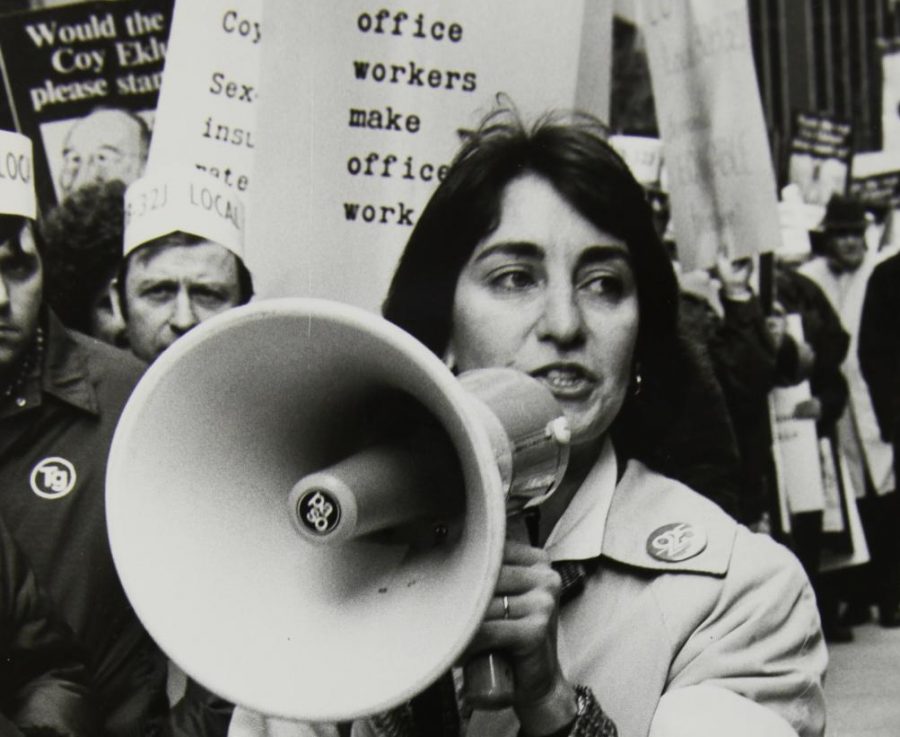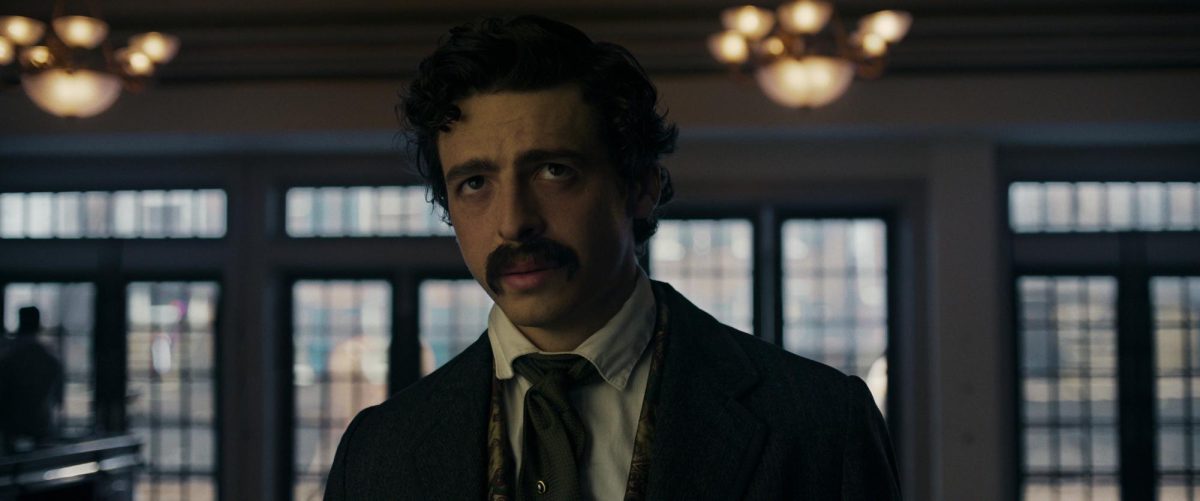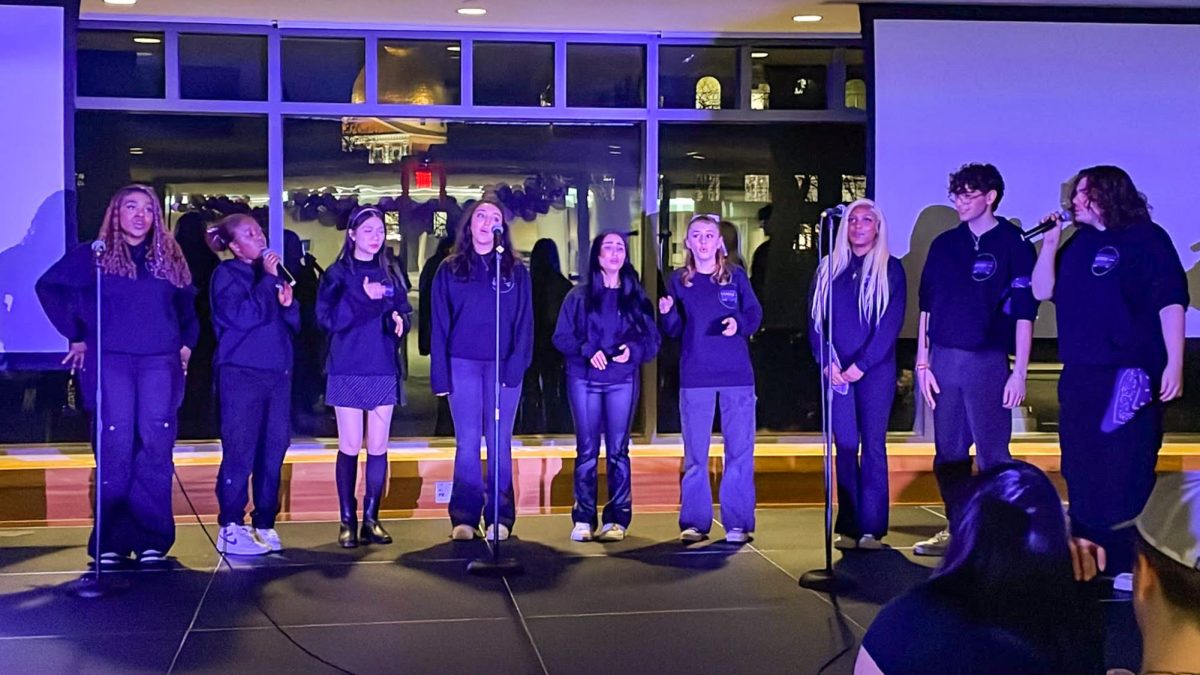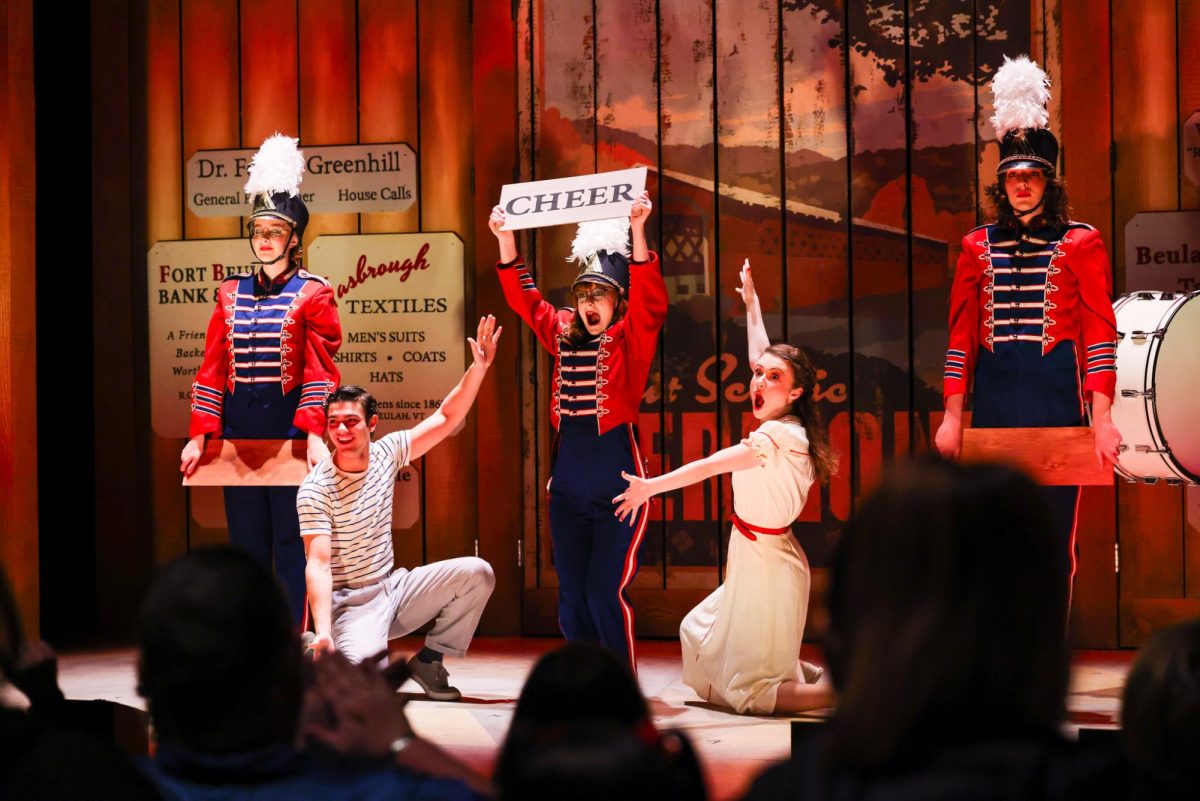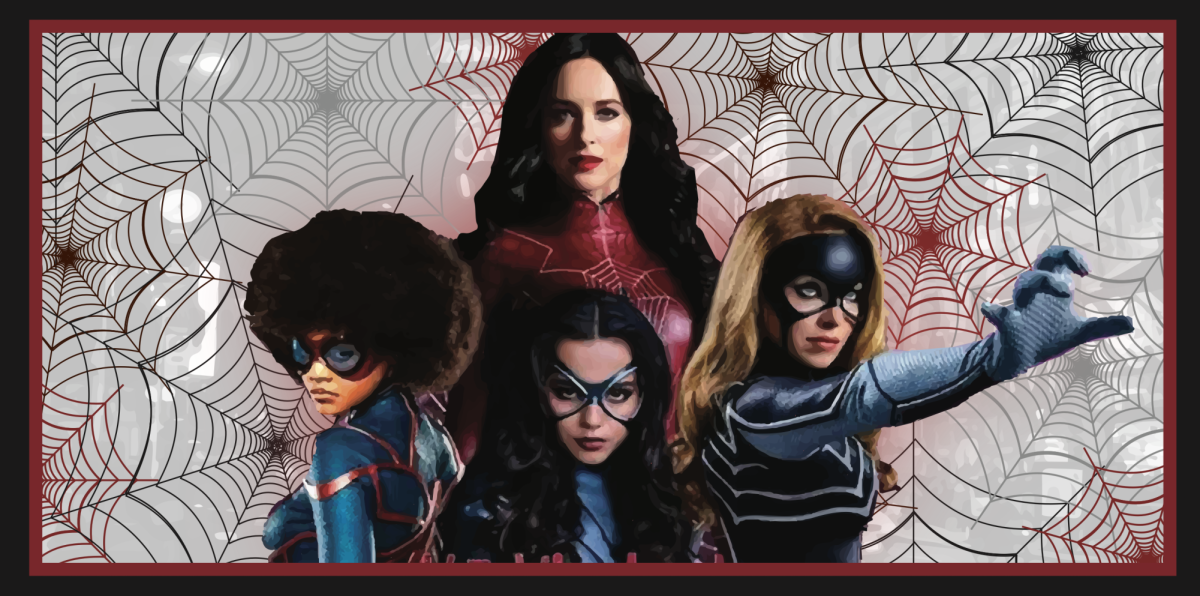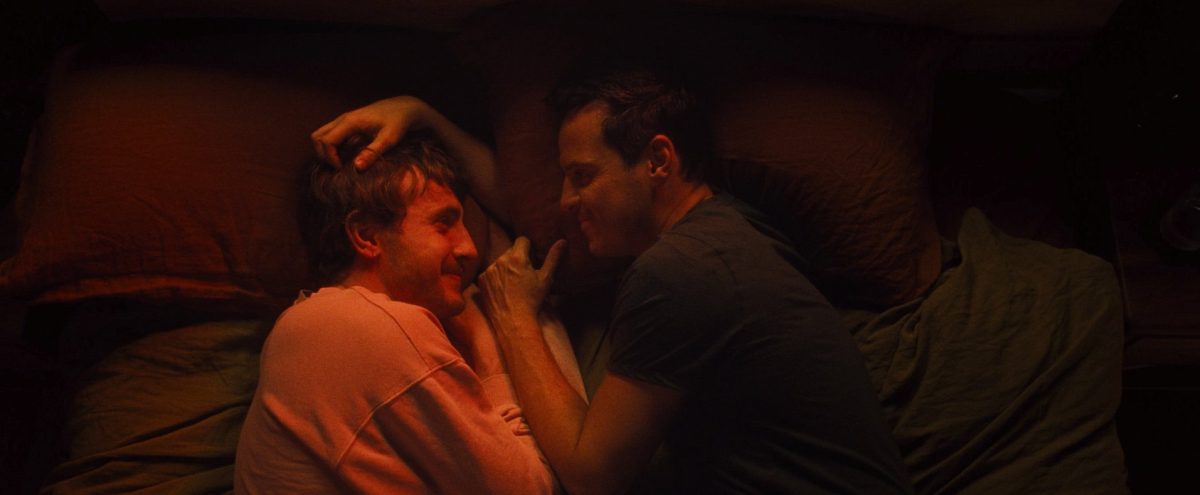“9to5: The Story of a Movement,” is a powerful and inspiring short film directed by Julia Reichert and Steven Bognar, that must be watched by all students who don’t only want to see change in the world, but want to make change.
The film was featured during the annual GlobeDocs Film Festival, which went virtual this year by showcasing 35 features and short films until Oct. 12.
The creation of “9to5” was inspired by the Women’s Liberation Movement, focusing on workplace feminism. It tells the story of a small group of young secretaries in Boston who gathered to create change in their workplace which then led to the national 9to5 movement. The movement went national and inspired Jane Fonda’s movie and Dolly Parton’s hit song, which both took the name “9to5.” These women started at the bottom and persisted through obstacles and losses to finally secure pay raises, professional development, family health benefits, paid leave, child care, fair treatment guarantees and a voice while they were on the job.
Reichert and Bognar provided a greater understanding of the issues these women faced by telling the story from the perspective of those who experienced it. The film consists of a series of personal interviews with the women who ran the 9to5 movement. The closeness of the camera presents both the pain and passion in their words and gave the audience a raw, intimate look into the torture they suffered as a woman in the workplace and the actions they took to advocate for all women.
Paired with the horrifying stories from the interviewees, 1970s advertisement clips and real footage of women in the workplace, the documentary presented a widely uncomfortable look into the ridiculous expectations of females in the office.
One woman recalled the story of going to a job interview, in which her boss told her she would only get the job if she would “sleep” with him. Another told the story of a male co-worker running his hands up her leg every time they would speak. Others listed demeaning tasks that were requested of them, such as preparing the boss’ lunch or running to get coffee for the men of the office.
Educated secretaries were treated as servants, hired with no job description and given dull work and unbelievable tasks. Demeaning advertisements set the societal expectation that secretaries were brainless and existed solely to be used by men. Footage of secretaries and their male bosses were shared, showing the women playing the part they felt they had to play as the men inappropriately touched them.
The camera not only shared the powerful voices of women icons and gave a full understanding of the harassment they endured, but presented an in-depth look into how a collection of moments formed into a powerful movement that changed everything.
Ellen Cassedy and Karen Nussbaum, founders of the 9to5 movement, along with several others who were involved, spoke to the camera about how the movement started from the very bottom. At a young age, Cassedy and Nussbaum realized they had nowhere to go and gathered women from around Boston together to simply share their experiences over coffee. This decision started a national movement.
Images of these women doing the work at the age of college students flashed throughout the film. Handwritten notes, calendars and agendas from these first meetings of the women were displayed, allowing the audience to see firsthand how these women set themselves up for their accomplishments.
Reichert and Bognar dove deep into their process. They did not just give an overview of the movement, but showed the nuts and bolts of the process from the very beginning – that history is a powerful reference point for making change today, and in the future.
From the words and work of individuals who achieved it, the film teaches the audience how to start and organize a movement and the steps they need to take to make a difference.
These women were not just demanding change; they were taking action. They were gathering, speaking in public, calling their bosses out for harassment and writing about the issues they faced nonstop. They were educating themselves on the laws that protected them, investigating businesses and banks to hold them accountable for the mistreatment of women and running the first labor union for women. When one action was not enough, they took the next step.
The film is personally inspiring for students in Boston. Documentary footage of everyday young female students taking action in common places around the city is relatable. These women were not taken seriously and told they were too “young” and too “green” to accomplish anything. Yet, they were at Boston subway exits handing out newsletters, inviting women to join them and share their experiences. They were gathering at Copley Square, Downton Boston and Government Center, giving powerful speeches and presenting attention-getting displays. They were fearlessly marching down Tremont Street, advocating for their rights.
Students are able to see themselves on the screen. It sends the message to all young activists that you can do this too.
An empowering section of the film was dedicated to speech-giving and the trials these young women faced when asked to speak in front of people for the first time. The interviewees convey how extremely nervous they were, but that they realized they had no choice. They wanted their voices heard. Women who did not see their worth and did not think of themselves as public figures were speaking to hundreds of people and speaking on television.
The film juxtaposed the current faces of the women being interviewed with photographs of their faces as they gave speeches and presentations on the streets in the 1970s. The audience was able to see these girls grow into the capable, proficient women they are today, and that these women are an inspiration to all young students today.
“9to5” conveyed the importance of persistence and inserting yourself where you are not welcomed to create a better world – to see change, you need to make change. The audience sensed the power in numbers and taking risks, and felt as though these women were by their side. This feeling of togetherness, strength and emotion overwhelmed the film in the best way possible.


